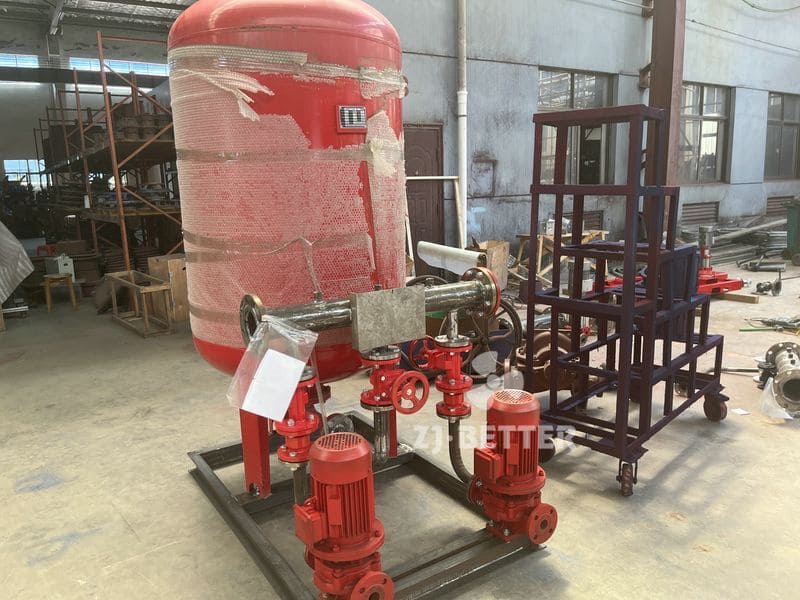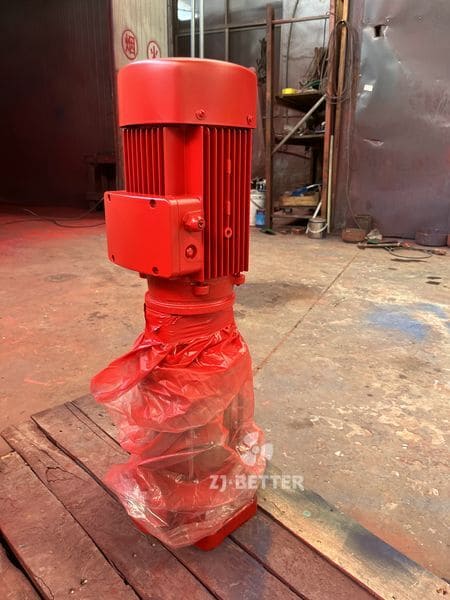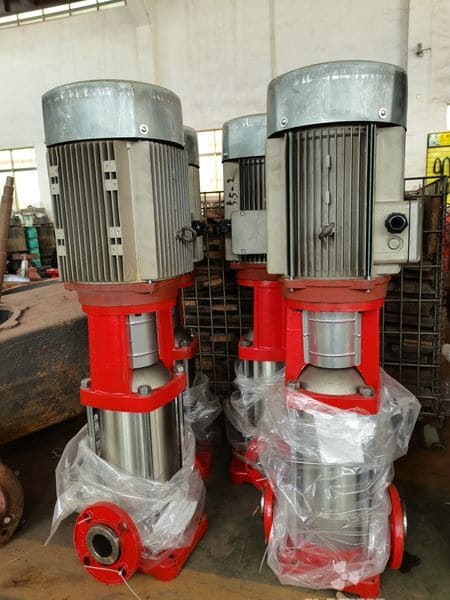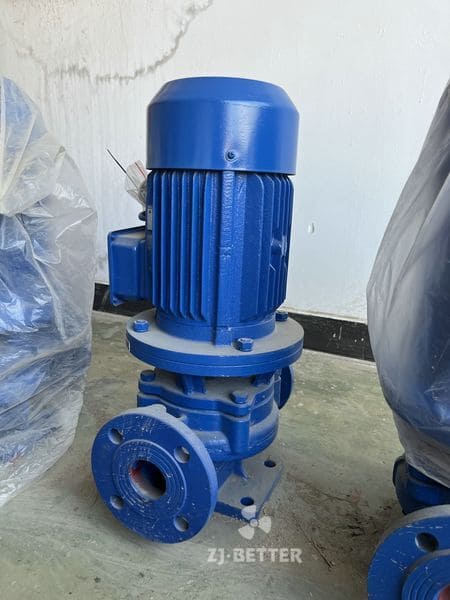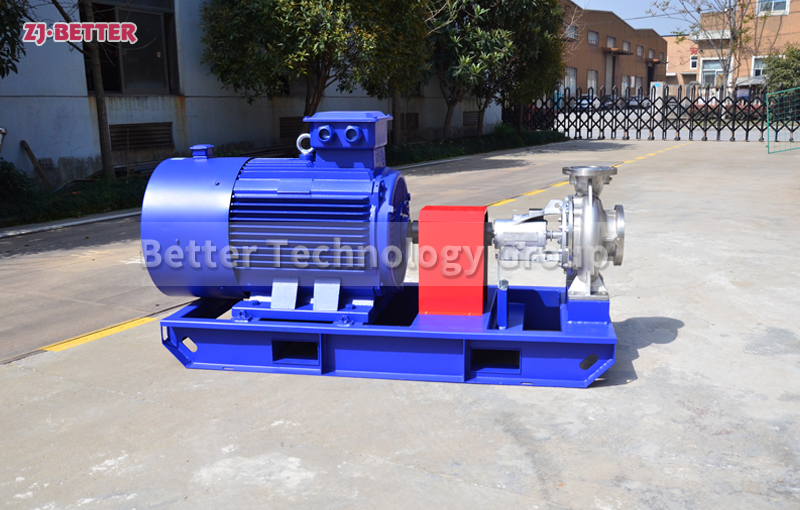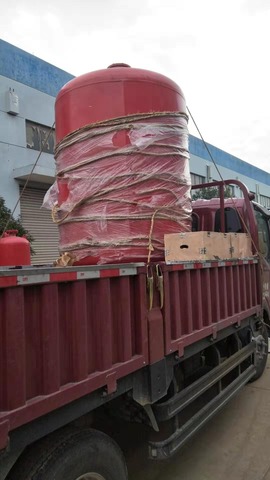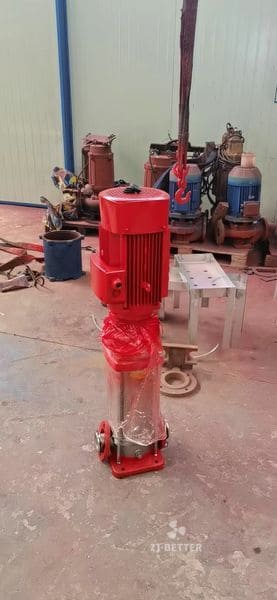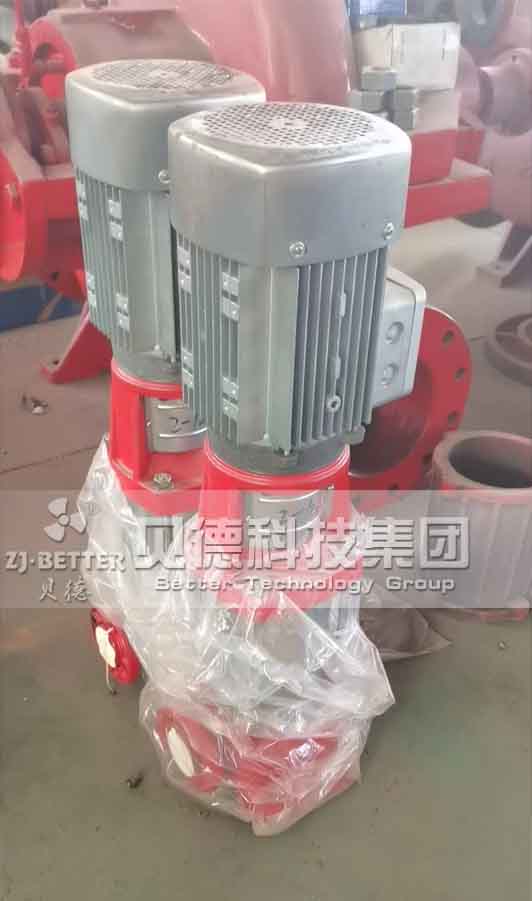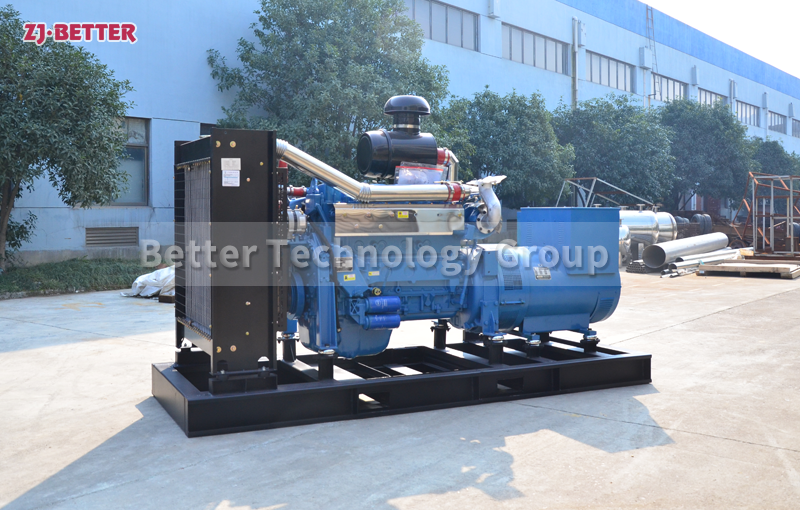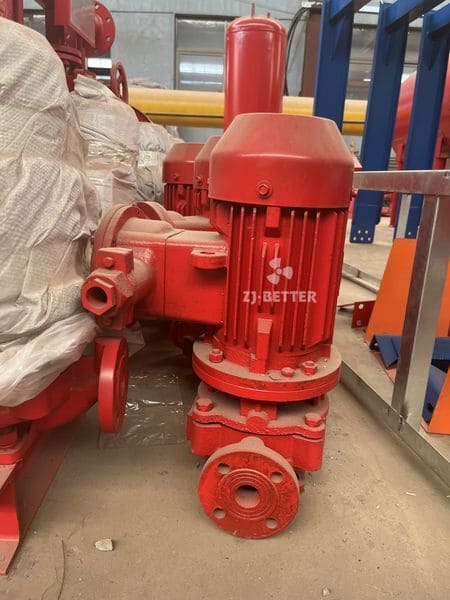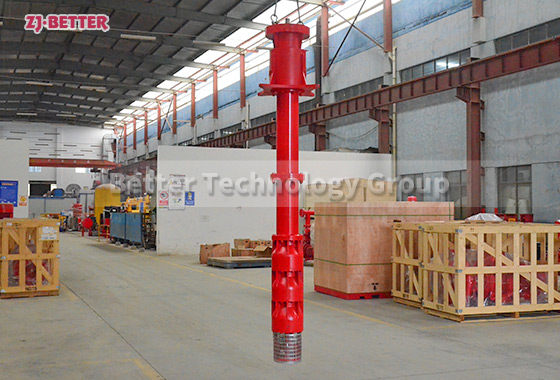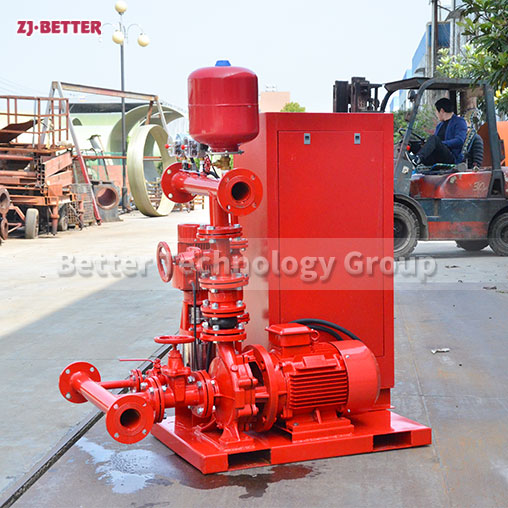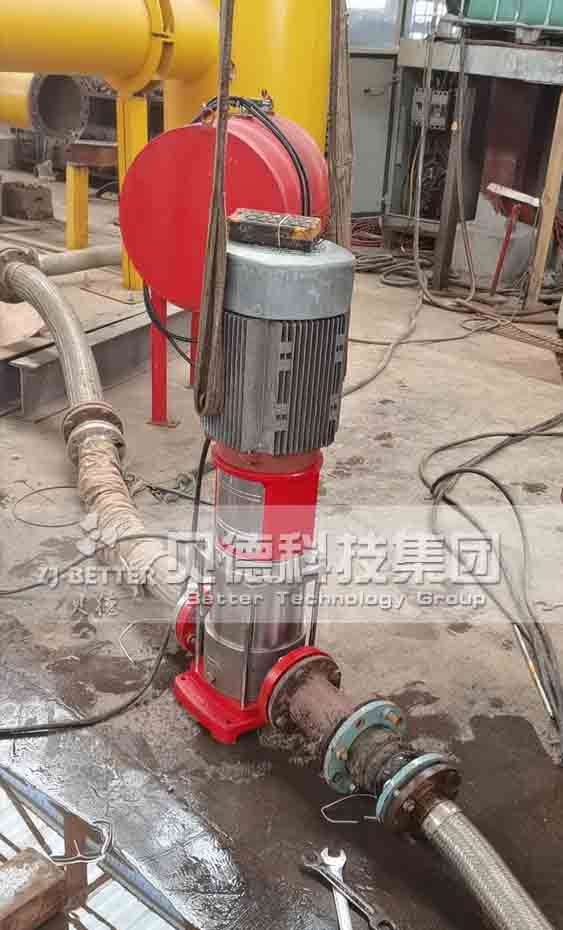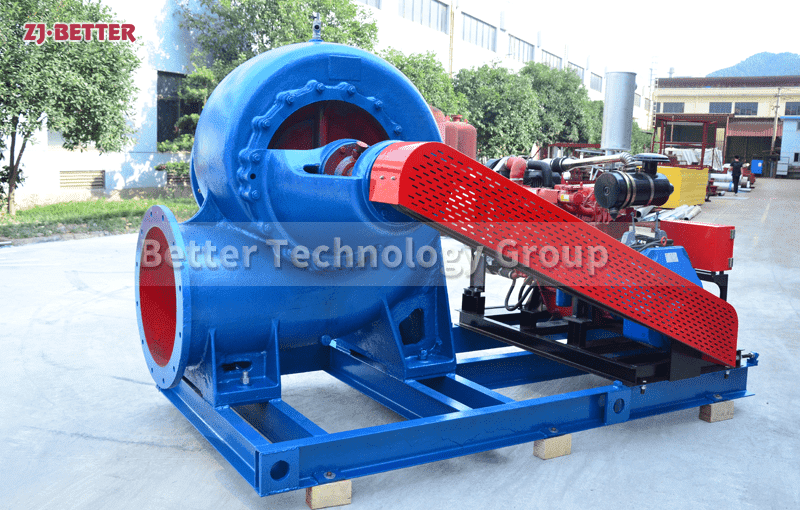Pressurized And Jockey Fire Pump
There are many classification methods for fire pumps, which can be divided into sprinkler pumps, fire hydrant pumps, jockey pumps, etc. according to their uses.
jockey pump: The flow rate of the stabilizer pump is small. Usually, water is taken from the fire pool or high-level fire water tank and sent to the system to maintain the pressure in the system pipeline. When a fire occurs, the flow rate used to start the system is provided until the main fire pump is started. , the jockey pump needs to be set up as a backup pump.
If the jockey pump is used alone, it needs to be matched with the water tank. The principle is that the variable frequency pump automatically starts the pump to jockey the voltage according to the water pressure in the water supply pipeline to ensure the user’s water pressure.
The jockey pump is used in conjunction with the air pressure tank, which is generally a complete set of equipment. Simply speaking, when the water in the air pressure tank decreases (that is, when the user uses it), the gas pressure in the tank decreases. To draw water, it can satisfy both the user’s use pressure and the storage pressure in the tank. When the storage pressure in the tank reaches the standard, stop the pump and wait for the user to use it.

